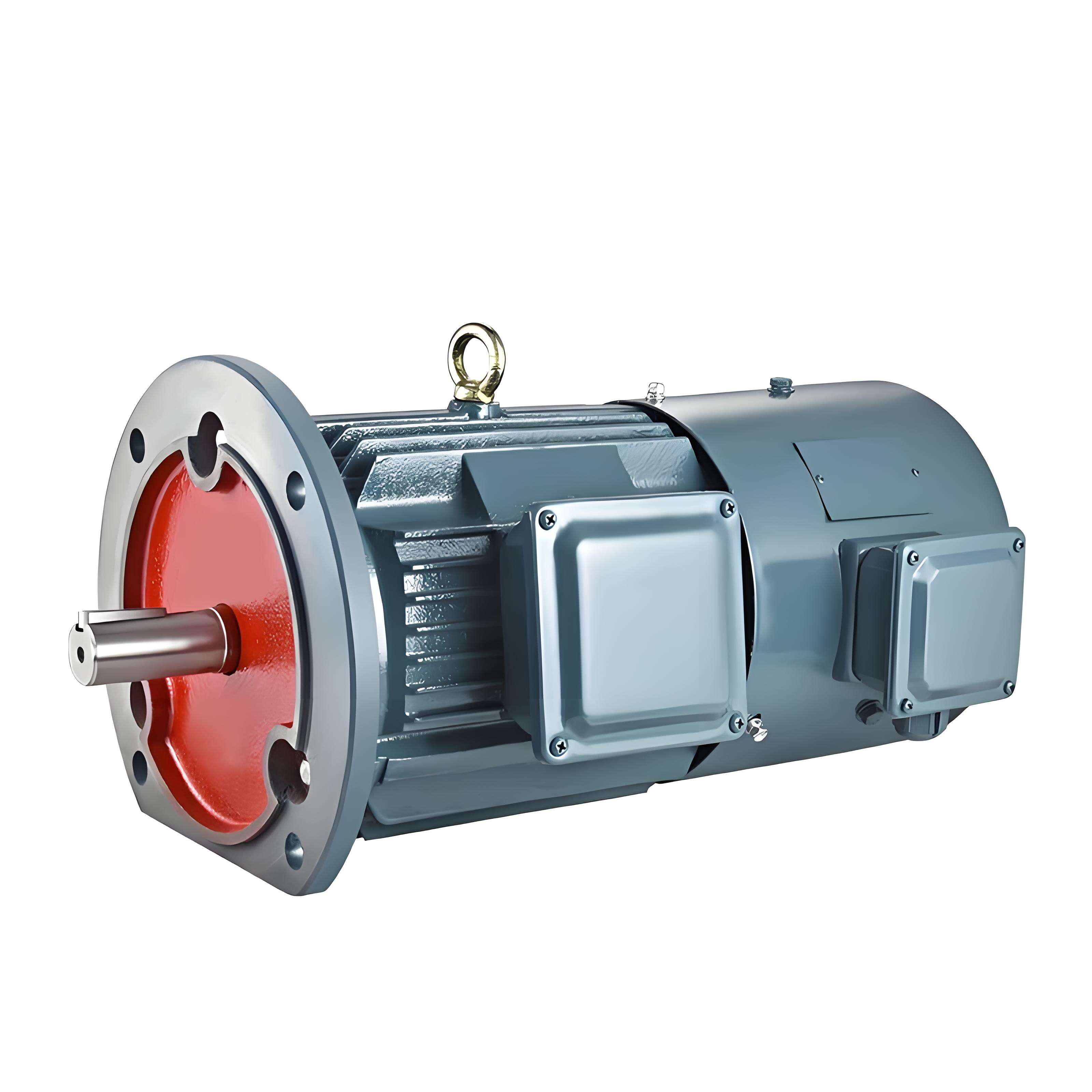 Dynamic Speed Adjustment: Matching Demand Precisely
Dynamic Speed Adjustment: Matching Demand PreciselyThe best thing about a variable speed Ac motor is that it does not just switch between ‘on’ and ‘off’ while ‘modulating speed using a continuous range.’ It also uses ‘inverter technology’ advanced enough to switch AC to DC, then control the frequency of the current the motor takes which in return changes the speed of the motor. This speed can be controlled and modulated anywhere from 20% to 100% of the motor's max speed.
Example of traditional fixed-speed motor: When the room temperature is above the desired level, the fixed speed motor turns ‘on at full power’ then ‘shuts off’ when it goes below that level. This not only is energy inefficient, but also creates wide temperature ‘fluctuations.’ On the other hand, a variable speed motor works ‘in a much gradual’ manner. If cooling is in demand on a plain day, the motor works at ‘slow speed’ and can then be ‘increased’ during peak heat of the day. This motor goes without needing to ‘cycle abruptly on and off’ allowing no temperature ‘swings’ making the place comfortable.
In comparison to fixed speed competitors, variable speed AC motors output far greater energy efficiencies and therefore, are primary options for environmentally-minded and fiscally responsible users. These improvements in efficiency can be attributed to two key factors. Less energy waste incurred during frequent starts, and optimized operation at lower speeds.
The start-up operational current of fixed speed motors has the capability of being 3 to 5 times higher than the average. It has the tendency to overwhelm the rate of average current, which comes with a start-up cost electric motors most times. The cost inevi by these motors is more time average. In other words, low speed modules start better. Rather than directly using high currents, they build it up gradually. One more positive is that these modules are very efficient even with partial loads. A good example is that at half the speed, the motor draws about 12.5% compared to full speed. The ratio is so high because it is the cube of the speed. This is great, because, most air conditions, especially in medium climate, only run at partial load. In the case, these modules are ideal, because the fixed speed modules are pull down a great deal of it. There are studies which show the variable AC is better by 30 to 50%, which saves a great deal in the longterm.
Beyond efficiency, variable speed AC motors provide superior benefit by improving the quality of the indoor climate and also providing more comfort by achieving stable indoor temperatures. These benefits come directly from the motors working continuously and at different speeds.
The improved air filtration and air circulation provided by the motors improves comfort even more. Variable speed motors run more often, even at low speeds and more air is circulated through the HVAC system filters. This motion also increases the capacity of the indoor air to get rid of dust, pollen, pet dander and other airborne particles, thereby improving the quality of the air. Advanced systems with variable speed motors also have the fan running at low set speeds on intermittent cycles, which provides circulation and improves comfort without much energy usage. These features and benefits cannot be provided by systems with fixed motors.
Noise reduction is yet another unique benefit variable speed AC motors have over fixed speed ones. Unlike fixed speed motors, which create noticeable noise in their start-up phase, and at full capacity, which can disruptive in a bedroom, home office, and even libraries, variable speed motors have no such issues as they mostly operate at lower speeds and start gradually.
Their low speed ranges, motor, and fan noise, is often 50–70% lower than fixed speed motors at full power. Even when the motor nears the fan and changes speeds at higher demands, it avoids the fixed speed abrupt noise spikes associated with sudden power increases. Nearly all variable speed ACs operate at fifty decibels or lower. For reference that is, the equivalent of a soft conversation. Because of that, these devices are extremely suitable for all homes and offices where noise reduction is a major concern.
Due to reduced wear on parts, variable speed AC motors often outlast fixed speed AC motors. Because fixed speed motors get turned on and off, the winding, bearings and the rest of the mechanics get stressed. Each time the motor starts, it also gets mechanically and electrically stressed, causing wear and tear and aging it faster, all while increasing the odds of failing.
In comparison, variable speed motors run at reasonable speeds continuously which results in fewer starts and stops. The gradual starts and stops along with the smooth acceleration and deceleration diminish the mechanical stress on parts that would otherwise experience sudden load and speed. There is also the rest of the variable speed motors which come with noise to speed thermal protections, monitoring the temp and slowing down parts that might cause noise which optimizes the AC variable motors. AC variable motors tend to last anywhere from 15-20 years on a streak while fixed speed motors last for about 10-15. This reduction in aging also reduces premature replacements which in return, decreases maintenance costs and helps the enviroment.
 Hot News
Hot NewsCopyright © 2025 by Changwei Transmission (Jiangsu) Co., Ltd — Privacy Policy